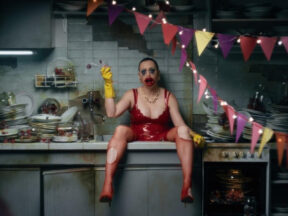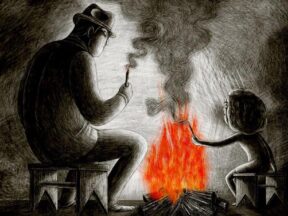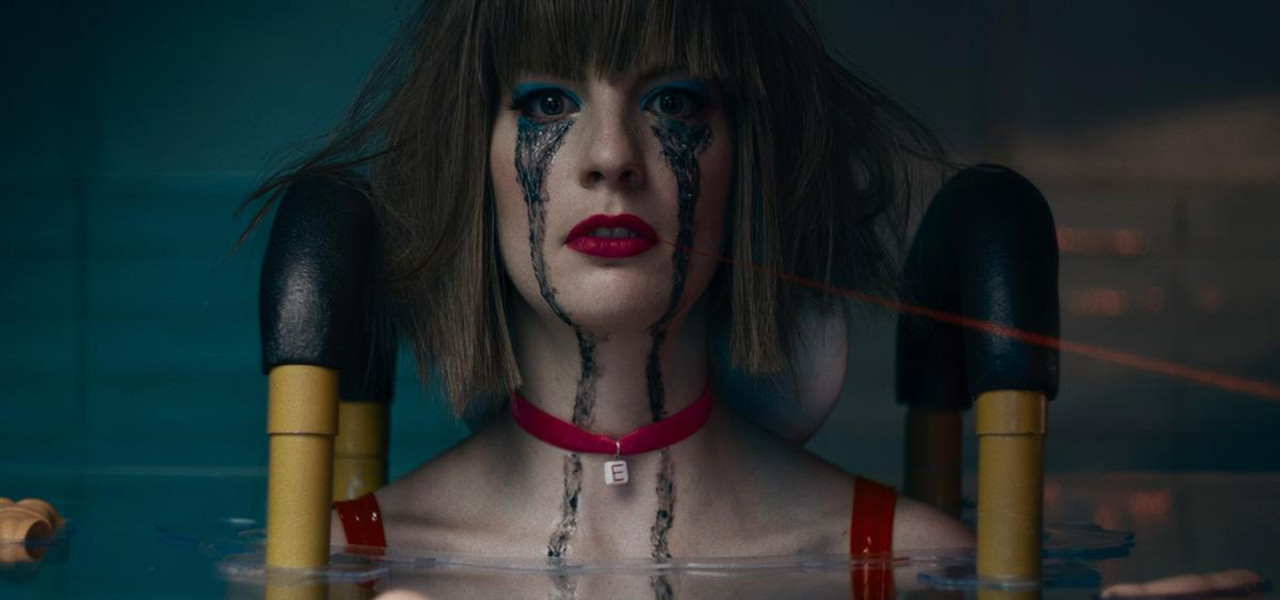
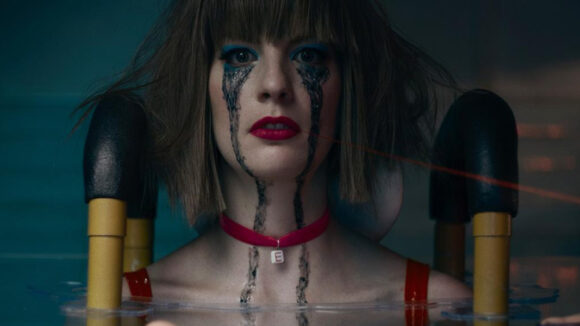
2024 Oscars Short Film Contenders: ‘Electra’ Director Daria Kashcheeva
Welcome to Cartoon Brew’s series of spotlights focusing on the animated shorts that have qualified for the 2024 Oscars. There are several ways a film can earn eligibility. With these profiles, we’ll be focusing on films that have done so by winning an Oscar-qualifying award at an Oscar-qualifying festival.
Today’s film is Electra from Czech filmmaker Daria Kascheeva, who previously scored an animated short Oscar nomination with her 2019 film Daughter. Electra earned its Oscars qualification by winning the best short film award at the Toronto International Film Festival, beating out other animation and live-action competition for the prestigious prize.
Electra is told from the first-person perspective of its adult titular protagonist, who recalls her 10th birthday and the lasting trauma it caused. Her memories become intertwined with dreams and imagination, represented in the film’s off-kilter mix of animation techniques, including stop motion and pixelation. Complicated parental relationships are alluded to, and while Electra may be an unreliable narrator regarding the facts of her youth, there is no doubt that her pain is authentic.
Cartoon Brew: Your stop-motion film ‘Daughter’ achieved incredible success. With ‘Electra,’ you’ve added other animation techniques. What inspired the decision to make ‘Electra’ a multi-media film?
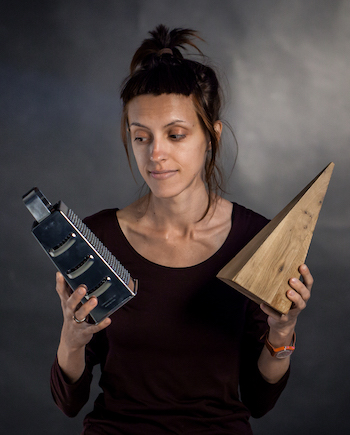
Daria Kashcheeva: I should start with Daughter to answer this question. Daughter, in terms of visuals, was a compromise, a way to solve budget limitations creatively. I wanted to work with stop motion. I’m not so good at drawing and don’t enjoy it. I love to touch things, work by hand, and work with cameras and light. The solution was to use the cheapest materials for design, wood and toilet paper, which I could easily steal from school toilets. Thinking about my second film, I understood that raising a decent budget would be easier, so I didn’t worry so much when writing the script. Also, I wanted to work with actors in our everyday work with real props and spaces. I thought it would resonate more than puppets. Development for Electra started with a willingness to explore what could be done in animation using the human body, combining live-action and pixelation. When the story became about puberty, the human body, and sexuality, Barbie dolls with their “perfect” proportions gave me the idea to work with dolls.
What was it about the story or concept that connected with you and compelled you to direct the film?
My early sketches all had a mood of loneliness. I started asking why my character was lonely, and I thought maybe she was afraid of real relationships. That resonated with me. For a long time, I was the kind of person who preferred to escape to a fantasy world. I worked with the idea through dozens of drafts of my script over a year, each one very different from the last. Eventually, I found Nancy Cater’s book Electra: Tracing a Feminine Myth Through the Western Imagination, in which the main idea is that there are a lot of lonely Electras among us. It inspired an idea about a lonely Electra rebelling against her mother and searching for a father who left her when she was young, blaming herself for his departure. She feels inadequate and isolates herself in a world of Barbie dolls, always remembering her father’s last message to be a “good girl.” The other primary influence was a talk with psychotherapist Karel Malimanek, who consulted on the script. He told me psychotherapy is never linear but rather a process that can take years in which patients can confuse past and present, dreams and reality. For a person’s entire life, they may have believed their 10th birthday was fine. Then, one day, they realize it wasn’t so good, and something went wrong that has been suppressed. That inspired the structure of the film.
What did you learn through the experience of making this film, either production-wise, filmmaking-wise, creativity, or about the subject matter?
This was my first time working with a big team. I learned that the most important skill for a director is communication, not only the ability to explain your vision but how to communicate when problems arise. It’s vital to stay calm, forget about ego or mood, and think about the film and a solution to the problem. I’m impulsive, but when I act impulsively, it never helps a problem solve itself. The other key lesson was how to take care of your team’s mental and physical health. We often push hard, especially in animation, but it’s a long process, and very easy to get sick or burn out.
Can you describe how you developed your visual approach to the film? Why did you settle on this style/technique?
All the sets, props, costumes, and makeup are somehow symbolic. I expressed emotions and psychological meaning through design. I could explain them all, but I prefer letting the viewer interpret them using their imaginations. For example, though, the DO NOT ENTER room is rooted in Freud’s psychoanalysis theory, as he often compared our psyche with a house. There are rooms we spend time in, rooms we show guests, and rooms with big windows that we show off to the world. Then there is a room in the house that is often locked and where we prefer nobody goes, not even ourselves. Freud compares this room to the part of our subconscious where we store our fears, uncomfortable or unacceptable desires, and memories we’d rather forget. For Electra, entering that room is the very last option. Every detail in the film was created more than just as an interesting design, but to represent Electra’s feelings. It’s like a dream or a nightmare; if you try to find meaning in the details, you may find a better understanding of yourself.
This interview was edited for length and clarity.

.png)
